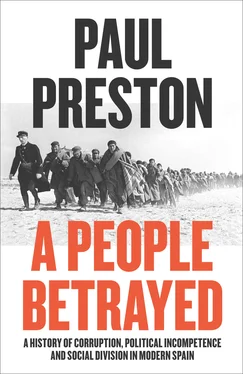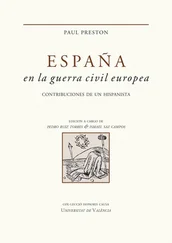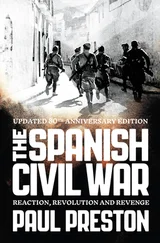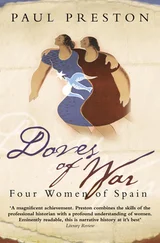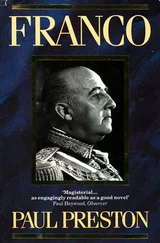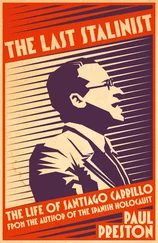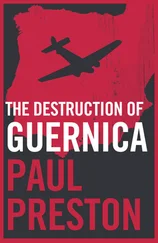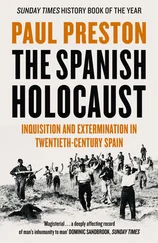In 1868, growing working-class discontent linked with middle-class and military resentment of the clerical and ultra-conservative leanings of the monarchy as well as financial and sexual scandals involving Queen Isabel II. In September 1868, a number of pronunciamientos culminating in one by General Juan Prim coincided with urban riots. This led to the overthrow and exile of the Queen. The two forces driving the so-called glorious revolution were ultimately inimical. The liberal middle classes and army officers had aimed to amend the constitutional structure of the country. Now, they were alarmed to find that they had awakened a mass revolutionary movement for social change and opened the way to the six years of instability known as the sexenio revolucionario . To add to the instability, between 1868 and 1878 Spain’s richest surviving colony, Cuba, was riven by a rebellion against the metropolis. In November 1870, Prim finally offered the throne to Amadeo of Savoy, a son of Victor Emmanuel II of Italy. Amadeo had neither the political nor even the linguistic skills to cope with the problems that he faced. On 30 December, the very day of the new King’s arrival in Spain, Prim was assassinated. From the beginning, Amadeo faced opposition from republicans, from supporters of Isabel II’s thirteen-year-old son Alfonso and from the Carlists. In 1872, there began the third Carlist War. A successful rebellion across the Basque Country and Catalonia saw the establishment of a kind of Carlist state, disorganized and based on religiously inspired banditry.
In the Catalan countryside, the majority of small landowners and farmers were Carlist, not just because of the movement’s clericalism but also because of its commitment to local freedoms and ultimately devolution. Thus in Catalonia, and also in the Basque Country, the Church’s links to the Carlists fed into support for independence movements in both regions. From the middle of the nineteenth century, there had been a revival of Catalanist sentiment, of Catalan literature and of the language whose official use had been banned since the eighteenth century. This was intensified by the federalist movement from 1868 to the collapse of the First Republic. Nowhere was federalism as strong as in Catalonia. Another factor was almost certainly resentment of the lack of Catalan influence on the central government. Between 1833 and 1901, there were 902 men in ministerial office. Only twenty-four of them, 2.6 per cent of the total, were Catalan. In consequence, Catalanism was to be found not just in the rural areas but also in Barcelona, where it found enthusiastic adherents among the wealthy upper-middle classes. A loose federation of middle- and upper-class Catalanist groups formed the Unió Catalanista in 1892. Its programme, known as the Bases de Manresa, called for the restoration of an autonomous government, a separate tax system, the protection of Catalan industry and the institution of Catalan as an official language. With the exception of a brief period from 1906 to 1909, from 1868 until the Primo de Rivera dictatorship in the 1920s Catalan nationalism would be a largely conservative movement.35
Faced with civil war, a colonial revolt and a deeply divided political establishment, Amadeo abdicated in despair on 11 February 1873. With the establishment divided, elections in May saw a republican victory and the proclamation of the First Republic on 1 June. Under the presidency of the Catalan Federalist Francesc Pi y Margall, a decentralized structure was adopted and Spain was divided into eleven autonomous cantons. A series of bold reforms were proposed, including the abolition of conscription, the separation of Church and state, the provision of free compulsory education for all, the eight-hour day, the regulation of female and child labour, the expropriation of uncultivated estates and the establishment of peasant collectives. The combination of rapidly established cantons, land seizures, a violent revolutionary general strike in Alcoy, the Carlist rebellion, the Cuban unrest, an outburst of anti-clericalism and the alarm provoked by the planned reforms ensured that Pi y Margall’s federal regime was perceived as an intolerable threat to the established order. The republican government was overthrown by the artillery General Manuel Pavia y Rodríguez de Alburquerque, who crushed the Cantonalist movement and established a more conservative government under General Francisco Serrano. Although the Carlists were on the verge of defeat, Serrano was unable to consolidate a conservative republic. On 29 December 1874, in Sagunto, the dynamic young Brigadier General Arsenio Martínez Campos proclaimed as King of Spain the now seventeen-year-old Prince Alfonso. One of the least scurrilous rumours concerning the sex life of his mother Queen Isabel II was that Alfonso’s father had been Enrique Puigmoltó, a Valencian captain of the Engineers. Subsequent to his mother going into exile, Alfonso was educated, successively, in Paris, in Vienna and at Sandhurst.36
On 26 June 1878, Alfonso XII’s wife María de las Mercedes de Orleans died of typhus two days after her eighteenth birthday. He was devastated and his consequent plunge into drink and sexual adventures did little for his own precarious health. Indeed, his wife’s death was merely one of a series of misfortunes. Efforts to quell rebellion in Cuba would eventually lead to the loss of 200,000 lives and an unsustainable drain on state resources. In August 1878, there was a minor republican uprising in Navalmoral de la Mata in Cáceres. It was easily suppressed, but the fact that it had happened at all hinted at underlying problems. On 15 October that same year, Alfonso XII was the target of an unsuccessful assassination attempt by Joan Oliva i Moncasí, an anarchist cooper from Labra in the province of Tarragona. Oliva fired twice with a double-barrelled pistol but missed. He was executed by garrote vil on 4 January 1879. Fourteen months later, on 30 December, there was a second assassination attempt. The King had remarried only a month before, on 29 November. He was returning from a walk in the Retiro with his new wife, Queen María Cristina de Habsburgo-Lorena, when a twenty-year-old pastry chef from Galicia, Francisco Otero González, shot at them. Although he also missed, on 14 April 1880 Otero was similarly executed by garrote vil .37
For now, Arsenio Martínez Campos was achieving some success against the Cuban insurgents. By dint of a combination of energetic counter-guerrilla tactics, bribery and conciliatory negotiations, he had achieved the Peace of Zanjón. As Governor General, he urged thoroughgoing reform of education and the economy and especially of the Cuban tax burden and of Spanish tariffs on sugar, tobacco and coffee imports from the island. Cánovas was seriously alarmed because the proposed measures constituted a major threat to the Spanish economy. His solution was to invite Martínez Campos in June 1879 to form a government which he intended to control from the shadows. Cánovas’s electoral fixer, Francisco Romero Robledo, had friends among the Cuban plantation owners who were bitterly opposed to Martínez Campos’s proposed reforms and did everything possible to undermine the new Prime Minister. Deeply frustrated, Martínez Campos resigned a mere six months later on 7 December and was replaced by Cánovas. In the course of 1880 and 1881, only a few of Martínez Campos’s reforms were implemented, which guaranteed that the Cuban War would be reignited. On 7 February 1881, Alfonso XII exercised his royal prerogative by withdrawing confidence from Cánovas and effectively making Práxedes Mateo Sagasta Prime Minister by giving him a decree to dissolve the Cortes and call new elections.38 Little changed with the fall of Cánovas. Spain’s domestic economic problems ensured that Martínez Campos, who had become Sagasta’s Minister of War, remained unable to implement his proposed reforms. In addition to the plantation owners, wheat growers feared the loss of Cuban markets to North American producers. Catalan industrialists and the footwear manufacturers of Valencia and Alicante also relied on protected Cuban markets.
Читать дальше
